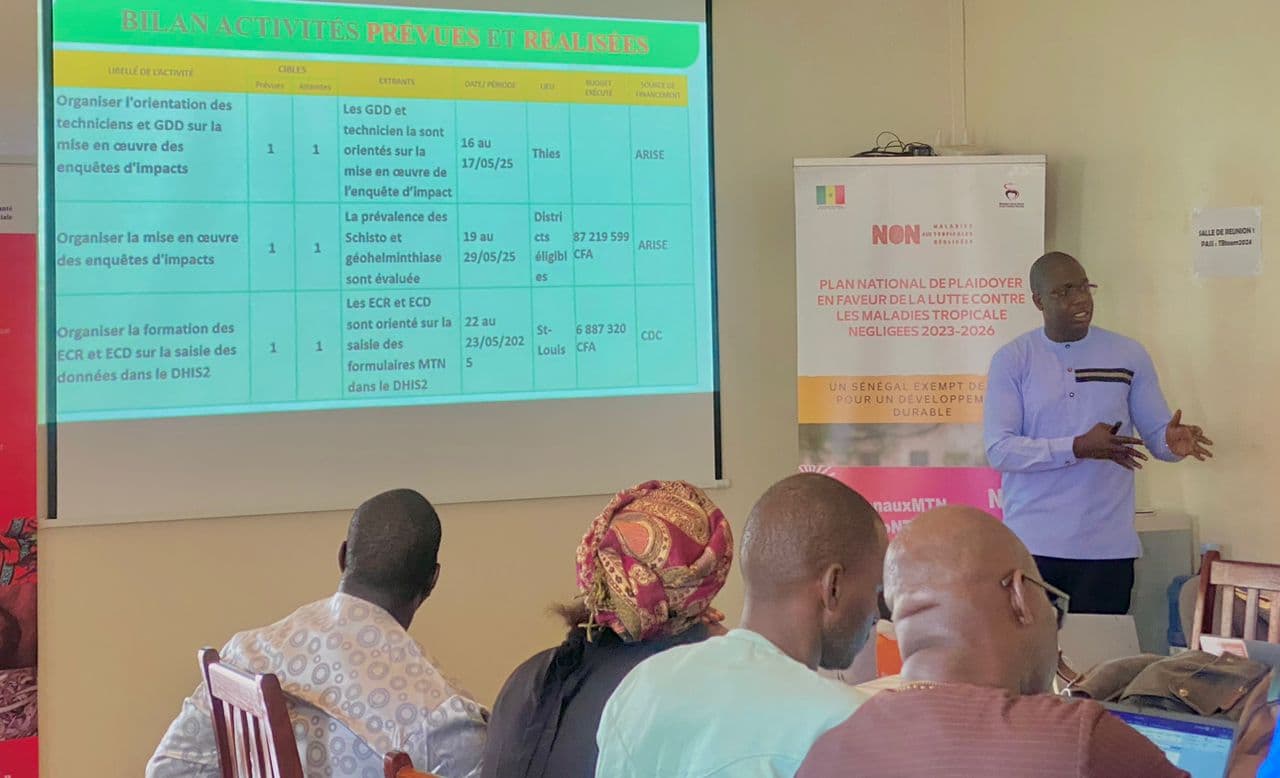Sleeping sickness starts with a bite from an infected tsetse fly that transmits a parasite that causes the disease. What follows is mild flu-like symptoms. When the parasitic disease is left untreated, it advances to the brain and central nervous system causing a myriad of effects including personality changes, seizures, slurred speech, and even death.
The disease, also known as Human African Trypanosomiasis (HAT), comes in two forms, and this depends on the type of parasite;
Trypanosoma brucei gambiense parasite is found in 24 countries in west and central Africa. This form causes chronic illness, and can be present in the human body for months or even years before symptoms show, and when they do, the disease is at an advanced stage.
Trypanosoma brucei rhodesiense found in 13 countries in eastern and southern Africa, according to the World Health Organisation (WHO). First signs of the disease show, weeks or months after the infection, as the disease develops faster.
Kenya’s HAT journey
In August this year, the WHO validated Kenya for having eliminated HAT as a public health problem, joining 9 other countries that have reached this milestone. This is the second neglected tropical disease to have been eliminated in the country after Guinea worm in 2018.
The milestone was achieved after Kenya, on detecting the first HAT case in the early 20th century, put in “consistent control activities” that ensured no new indigenous cases were reported over 10 years.
And to ensure gains made are not wiped out, Kenya has now strengthened HAT surveillance in 12 health facilities in six historically endemic counties to act as sentinel sites, according to WHO. This means it has equipped the health facilities with diagnostic tools and trained clinical personnel on diagnostic procedures, including the most sensitive and practical tests for r-HAT.
It is said that Kenya also actively monitors the control and surveillance of tsetse flies and animal trypanosomiasis, both within and beyond the historical HAT endemic areas. This is done in support of national veterinary health authorities and the Kenya Tsetse and Trypanosomiasis Eradication Council (KENTTEC), established in 2012 to champion the government's plan to eradicate Tsetse and Trypanosomiasis (T&T).
Kenya formed KENTTEC, formerly Pan-African Tsetse and Trypanosomiasis Eradication Campaign, after African Heads of State and Governments meeting in Lomé, Togo, in 2000 passed a declaration to rid Africa of T&T, which led to the formation of a continent-wide, trans-boundary tsetse and trypanosomiasis initiative.
Dr Patrick Amoth, Director General Health, Ministry of Health, Kenya, speaking on Kenya’s achievement said: “This key milestone reflects Kenya’s efforts and commitment over many years, as a collaboration between national and county governments, national research institutions, development partners and affected communities,” he said. “The country remains fully committed to sustain the quality of care and surveillance in line with WHO’s recommendations.”
Other African countries that have eliminated HAT as a public health problem include Togo, Benin, Côte d’Ivoire, Uganda, Equatorial Guinea, Ghana, Chad, Rwanda and Benin.
HAT Pandemics in Africa
There have been three major sleeping sickness pandemics over time in the continent, with the first one said to have happened between 1896 and 1906 in Uganda and Congo Basin. The second pandemic happened in the 1920s across several countries in Africa, and the third one happened between 1970 and late 1990.
Details of how the pandemics were controlled, tell the story of how combined targeted interventions can be used to break chains of transmission, and how critical surveillance remains. According to WHO mobile teams were used to screen millions of people, by the mid 1960s, HAT was under control, with the continent recording only 5000 cases annually.
When the team relaxed, resurgence of diseases happened again, reaching pandemic proportions in several countries. By the 1990s, prevalence had reached over 50% across villages in Angola, the Democratic Republic of the Congo (DRC) and South Sudan, where HAT became the first or second cause of death.
And since diseases don’t know borders, it took efforts of WHO and cross-country collaborations to cut transmission and lower spread of HAT. Still, across Africa, millions of people in 36 countries, mainly living in remote areas, still remain at risk of sleeping sickness, this is despite control measures employed over time.

